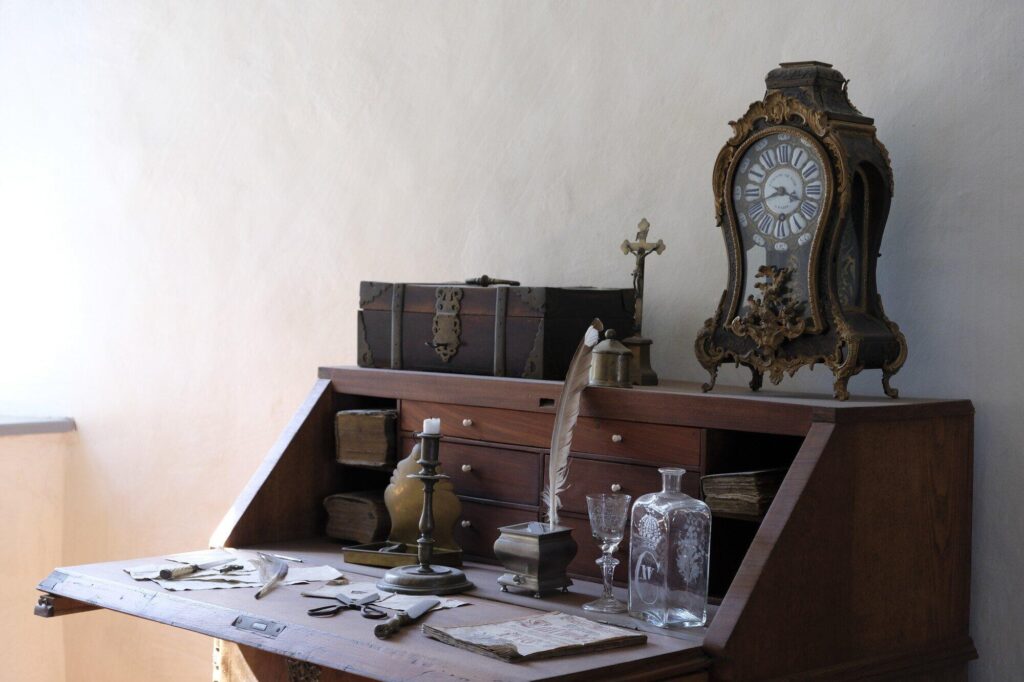Maintaining your vintage wall clocks is essential for their longevity. Have you ever wondered how to keep them ticking smoothly? Clock mechanism maintenance is not as daunting as it seems.
With careful handling, you can preserve the charm of these timeless pieces. Vintage wall clocks have intricate mechanisms that require regular attention. Dust and rust can damage these delicate parts over time.
What can you do to ensure their precision? Simple steps can make a significant difference. Discover practical tips for caring for every moving component.
Keep your cherished clocks running like new with proper maintenance. Let’s explore.
Dusting and Cleaning the Clock Face
The clock face is the most visible part of your vintage wall clock. It’s what you admire every time you check the time. Yet, it’s also prone to collecting dust and grime.
To keep it pristine, use a soft cloth or feather duster to remove any dirt buildup. Avoid using harsh chemicals or abrasive materials as they can damage the delicate surface of the clock face.
Lubricating the Gears and Springs
The gears and springs are crucial for keeping your vintage wall clock running smoothly. Over time, these components may become dry, causing friction and affecting their accuracy.
To prevent this, use an appropriate lubricant recommended for clock mechanisms. Apply a small amount to the gears and springs, taking care not to over-lubricate as it can attract dust and cause buildup.
Adjusting the Timekeeping
If you notice your vintage wall clock is running too fast or slow, it may need some timekeeping adjustments. Each clock is different, so refer to the manufacturer’s manual for specific instructions on how to adjust the mechanism. You can seek professional help from a certified clock repair expert if you’re unsure.
Inspecting and Replacing Parts
Inspecting your vintage wall clock allows you to identify any worn-out or damaged components that may need replacing. This includes checking the mainspring, pendulum, and other moving parts for corrosion or wear.
If you notice any issues, it’s best to replace the parts immediately to prevent further damage. By doing so, you preserve the clock’s functionality and enhance its aesthetic appeal.
Additionally, when you replace parts, find the finest clock movements. It is to ensure your timepiece runs and maintains its vintage charm.
Storing and Displaying Your Clock
Proper storage and display are also crucial for maintaining your vintage wall clock. When not in use, store your clock in a dry, dust-free environment with consistent temperature and humidity.
Avoid exposing it to direct sunlight or extreme temperatures, as it can cause damage over time. When hanging the clock on the wall, ensure that it is securely mounted and balanced to prevent unnecessary strain on its components.
Preserving the Aesthetics
Preserving the aesthetics of your vintage wall clock is also essential. If your clock has a wooden frame, regularly polish it with a wood cleaner to keep the surface shiny and new. For metal or glass frames, use appropriate cleaning products recommended for those materials.
Discovering the Marvel of Vintage Wall Clocks
Caring for vintage wall clocks ensures their continued functionality. Regular maintenance prevents issues before they become serious. Using gentle cleaning methods preserves the clock’s original beauty.
Clock component troubleshooting helps address problems quickly and effectively. Inspect your clock regularly for signs of wear. Preserve the clock’s aesthetics with appropriate care techniques.
Protect your vintage wall clocks from harsh environments. Restore their charm by maintaining their delicate mechanisms properly.
Did you find this article helpful? If so, check out the rest of our site for more informative content.







